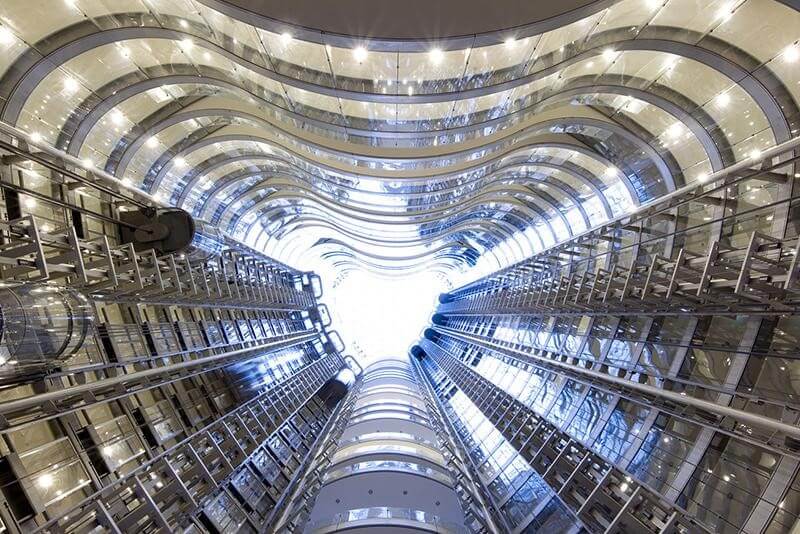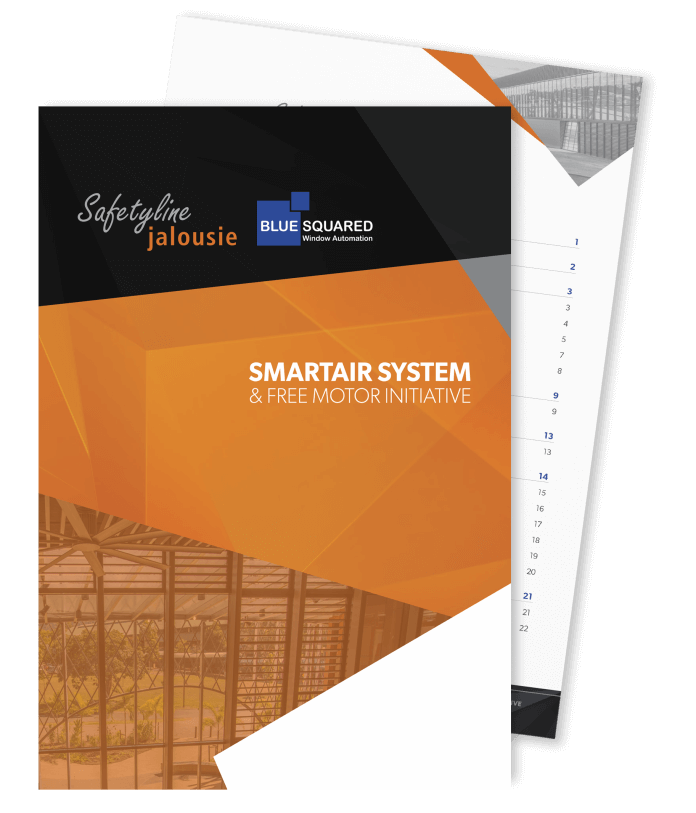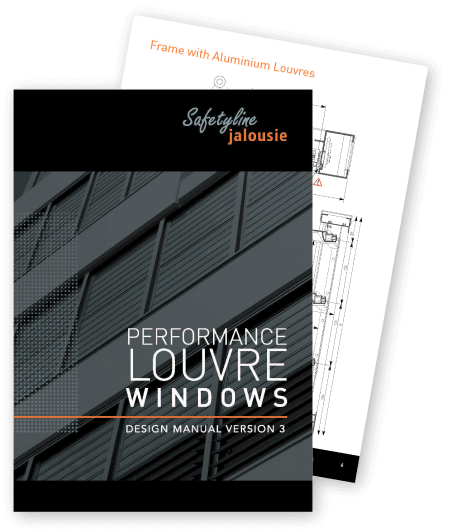Sustainable design is a key concern in modern building. Clients want to see a commitment to environmental issues. Australia has become a world leader in this sector.
Sustainability is not a brand-new concept. It has existed for several decades. As people become more aware of the effects of climate change, it becomes even more important. Changes to the industry have reflected that in recent years. Since the turn of the millennium, the industry has made a push towards sustainability in buildings.
Australia is one of the front runners in this movement. Its wide-scale adoption of new methodologies, such as Building Information Modelling, highlights this. Moreover, Australia’s challenging climate necessitates sustainable design. Since 2000, the country has become a leading light in green building.
The Green Building Council of Australia (GBCA) encapsulates this commitment. The GBCA aims to bring organisations together to create a better Australia. It pushes towards sustainability in every aspect of the industry.
To help with that, it created the Green Star ratings system. This system applies a rating to every building built under the GBCA’s banner. Designers and builders have to register to become eligible for it. And they must meet certain requirements to achieve it. But it is worth it. A building that carries a Green Star rating demonstrates a commitment to sustainability.
The system rates projects on a six-star scale. Here, we look at one of the few buildings to get a maximum rating.
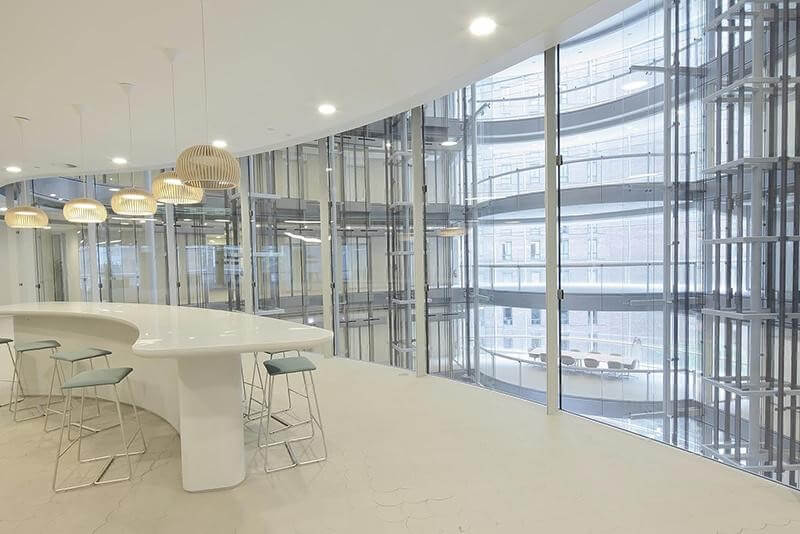
Case Study – 1 Bligh Street
1 Bligh Street stands as a monument to sustainability in buildings. It is the first building to receive the coveted six-star rating from Green Star. But it has won several other awards besides. These include:
- The Sir Arthur G. Stephenson Award for Commercial Architecture 2012. Awarded by the Australian Institute of Architects (AIA).
- The Chicago Athenaeum International Architecture Award 2008.
- The Milo Dunphy Award for Sustainable Architecture 2012. Also awarded by the AIA.
That last award is particularly important. It highlights the intense commitment to sustainability made throughout the project.
The Sustainability Solutions
So, how did 1 Bligh Street become the first building to earn a 6-star Green Star rating?
A range of inbuilt features helped to push it past the post. These include the following:
- The Central Atrium. The atrium covers the entire height of the building and looks stunning. But it’s not just the aesthetic that makes it stand out. The use of glass allows for natural ventilation. The atrium provides a constant flow of fresh air, as well as allowing for great views. This fresh air reduces the building’s reliance on air conditioning.
- The Energy System. 1 Bligh Street stands out due to its use of a tri-generation energy system. It combines the use of solar power and gas to power the building. This system also governs the heating and cooling systems.
- Black Water Recycling. The building is the first in Sydney’s Central Business District to make use of black water recycling. In particular, it uses black water recycling in its toilets’ flushing systems. This allows for a massive reduction in water usage throughout the building.
- Rain Water Recycling. It is not just black water that 1 Bligh Street reuses. The building also recycles rainwater. It uses this to maintain the many decorative plants spread throughout the building. Rainwater also maintains the green areas on the rooftop terrace.
- The Façade. This is perhaps the most innovative feature of the building. It uses a double-skin façade that is made using glass. The outer layer provides protection to computer-operated sunshades. It also guards the double-glazed inner layer from the sun. Moreover, this double-skin reflects more natural light into the building. This reduces reliance on the building’s lighting systems. Savings in energy and lower costs result from this.
1 Bligh Street is an exceptional achievement. It shows just what is possible with a concerted focus on sustainable design. It is likely that this building will become a model for future designs. As sustainability becomes more vital, buildings like this will not be exceptions. They will become the norm for Australian building design.
Other Major Projects
If you need further evidence of sustainability’s importance, there are plenty of other projects to examine. On top of that, 20% of the country’s office space carries Green Star certification.
Sustainability in buildings is not a fad concept. It is here to stay, and it is key to many major building projects
The Commons – Melbourne
This 2014 building has won several awards, The Commons’ striking design is not the only thing that makes it stand out. It is a multi-purpose building that combines apartments with art studios. It also pushes towards encouraging tenants not to drive. Instead of car parking spaces, it offers bicycle spaces.
Even its placement furthers its sustainability goals. It is only 6km away from Melbourne’s CBD. Plus, it’s within walking distance of public transport. The Commons shows a commitment to sustainable design and in the actions that it encourages.
Central Park – Sydney
1 Bligh Street’s 6-star Green Star rating is very impressive. But it should not overshadow the efforts of other building designers in Sydney. Central Park is another stellar example of sustainable design in the city. Moreover, it boasts its own 5-star rating.
The building has one of the world’s largest water recycling facilities. This water, which it collects from seven sources, gets used in about 70% of all residential activities. The building also has its own gas plant, which reduces its carbon footprint. Plus, the rooftop garden only adds to its green credentials.
Green Skills Training Centre – Perth
With a name like Green Skills Training Centre, this building has to offer something special. An educational facility focused on environmental issues; it is also a sustainable building in its own right.
The building uses a solar voltaic power system. The system offsets every scrap of the building’s yearly energy usage. It also features a heat recovery system and a displaced air conditioning system. But it is the commitment to environmental education that makes it stand out. The “peel back” construction method makes its sustainability features viewable. Students can see them in action and learn how to implement them.
Why the Drive to Sustainability in Buildings?
You can look at this drive towards sustainability from two perspectives:
- The environmental side
- The business side
Let’s look at the environmental side first. It’s clear that climate change is a massive issue that affects the entire planet. Changing climates may cause more heat waves and droughts. This will have a massive effect on agriculture and our general way of life. Climate change will also raise the sea level, which puts many places at risk of flooding. Plus, it increases the severity of storms and other extreme weather.
Our built-up areas are one of the main sources of greenhouse gas emissions. It’s these gases that change the makeup of Earth’s atmosphere and accelerate climate change.
So, the environmental argument for sustainable design is a simple one. Sustainable buildings have lower carbon footprints than regular buildings. They use 51% less water and recycle most of their construction waste. Most importantly, they produce 62% fewer greenhouse gases.
From the environmental point of view, the drive towards sustainability has a future focus. It aims to create better buildings that have a lessened effect on the planet. As such, sustainable design sits alongside many other environmental efforts. As its use increases, buildings will produce less greenhouse gases. The aim is to slow down the effects of climate change on the planet.
That is one half of the coin. There are several business-related benefits to sustainable building as well. Builders and designers can use these benefits to attract more buyers and tenants.
For one, going green is now something of a brand for modern businesses. More people than ever understand the effects of climate change. As a result, they are less willing to buy from businesses that aren’t minimising their impact. A business can use owning a sustainable building as a marketing strategy. This allows them to appeal to environmentally conscious consumers.
Sustainable building also has a more direct effect on the bottom line. The long-term savings that come from the technologies used prove beneficial to businesses.
Take solar panels as an example. These allow the building’s owners to generate their own electricity. As a result, they pay less money to suppliers. The same goes for recycling water. Building owners can save thousands of dollars every year due to paying less in utilities.
Finally, sustainable buildings create healthier work environments. Australian businesses lose over $30 billion per year due to sick leave. A building that encourages better health also leads to greater productivity.
Who’s Taking Note?
As mentioned, Australia is a leading light in sustainable design. Naturally, this means that other countries have started to take note of the techniques that the country’s builders use.
Take the comments from architect Yuli Cadney-Toh as an example. She notes that Australia can become an example for the English city of Bristol.
She specifically points to Sydney’s sustainable high-rise buildings. In talking about Bristol, she says: “This is a city with huge potential and there is no reason why it cannot meet the needs of its communities.”
“…Taller buildings of high design quality are an important ingredient in the creation of sustainable cities that work for the people who live in them.”
She believes that such buildings will help the city’s council reach its goal of creating 13,500 homes by 2036.
Australia’s sustainability drive is not limited to the country itself. It is influencing the decisions that architects in other countries make as well. Buildings like 1 Bligh Street may serve as an example for what’s to come across the globe.
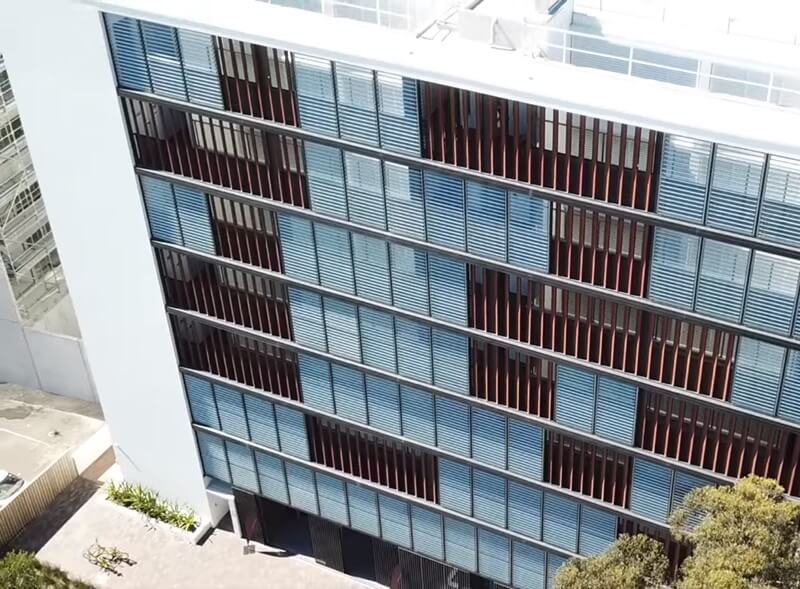
Ideas for Sustainability
The examples spoken about above cover some general ideas for sustainable design. Solar panels open the door for in-house electricity production. Water recycling can reduce our reliance on water from non-sustainable sources.
But there are plenty of other ideas that you can put into practice.
- Window Design. Louvre windows offer a great alternative to traditional windows. Their design allows more control over the airflow into a building while cutting down on safety concerns. Safetyline Jalousie’s louvre windows also reduce heat ingress.
- Green Areas. Rooftop gardens and other green areas can offset the carbon that a building produces. You can even use recycled rainwater to maintain plant life. “Living” roofs also provide natural insulation that prevents heat from escaping a building.
- Geothermal Solutions. These require a rather large initial investment. But they can reap rewards in the long term. Such technologies take advantage of the earth itself to cool or heat a home. They may be difficult to implement in large buildings. But they are an option for houses and other small buildings.
Conclusion
The work of builders, designers, and organisations like the GBCA make Australia a leader in sustainable design. 1 Bligh Street is the best example of what the industry can achieve. But there are plenty more besides. The country has undertaken a drive towards sustainability in buildings. In the coming years, we are likely to see many more buildings emulate 1 Bligh Street’s example.
Safetyline Jalousie can help if you want to design sustainable buildings. Our louvre windows meet or exceed all current Australian building codes and we place sustainability at the top of our agenda.
We encourage you to find out more about our windows by doing the following:
- Examine the features that we build into our windows
- Check out our blog to find more industry-related news and articles.
- Contact a Business Manager to discuss your needs.
References:
The Green Building Council of Australia
Australia’s top sustainable buildings – 1 Million Women
Australian Green Building Industry Overview – Australian Trade and Investment Commission

